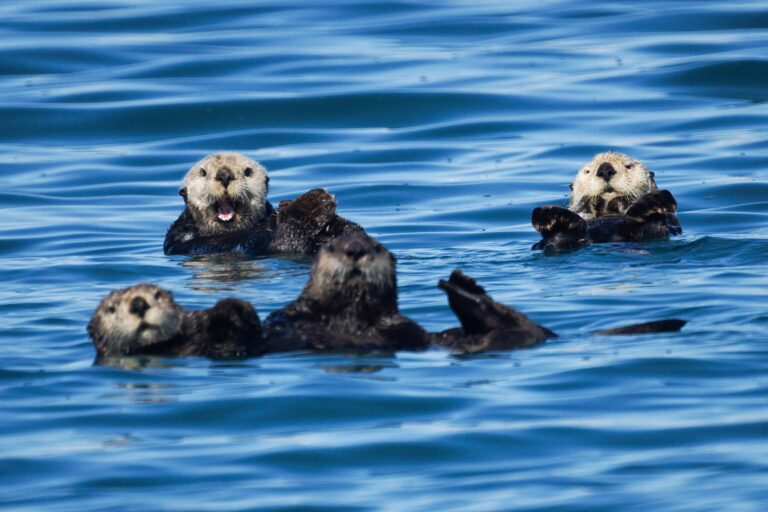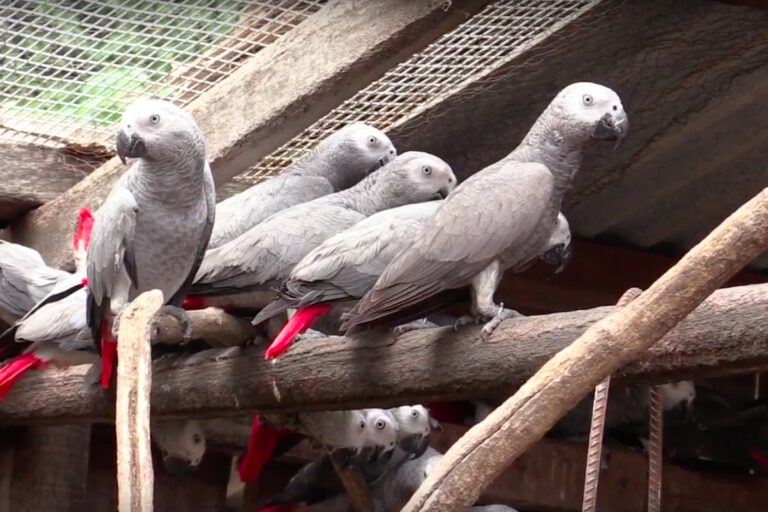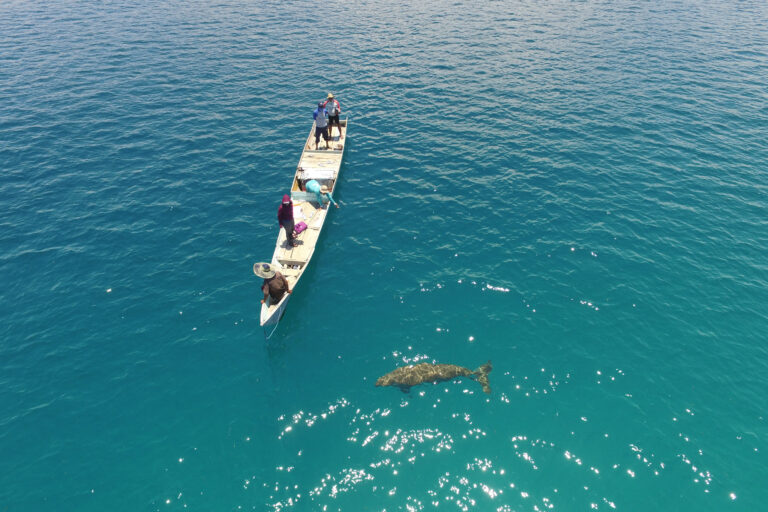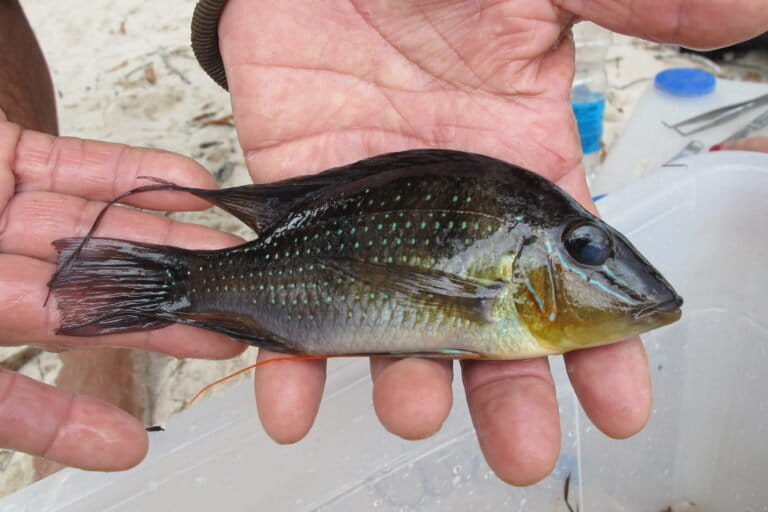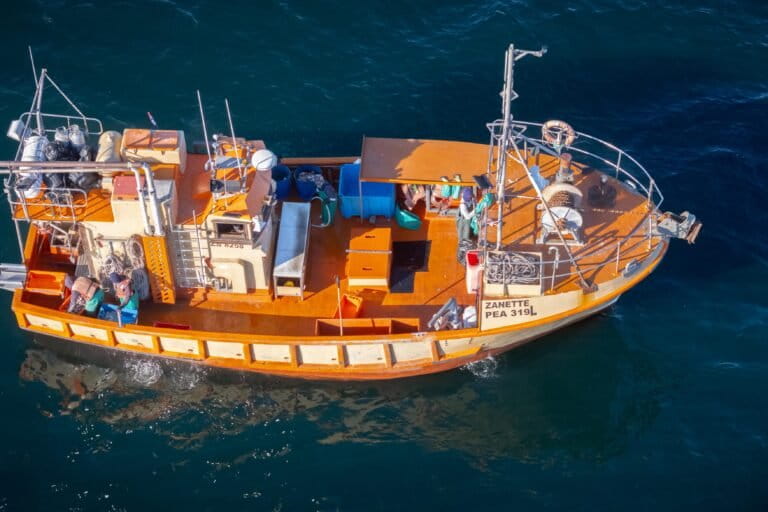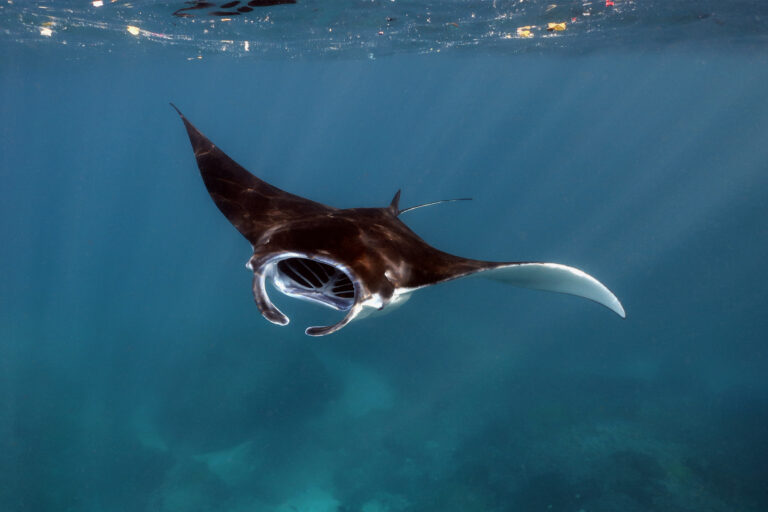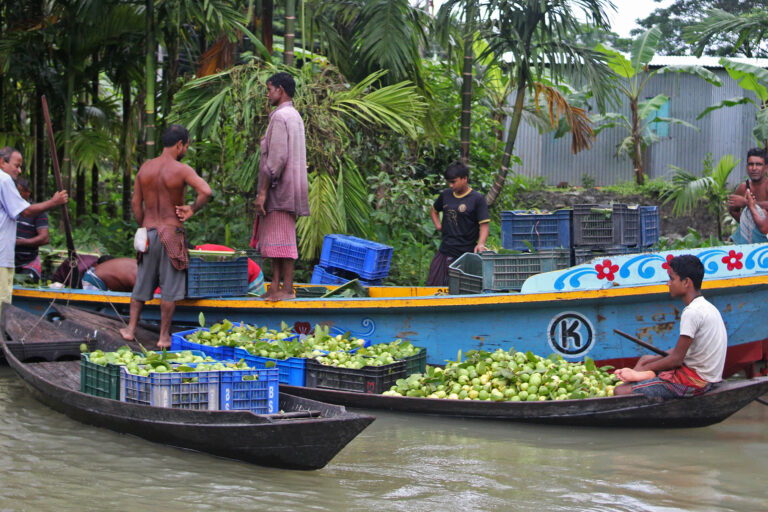- The East African Crude Oil Pipeline (EACOP) is a planned 1,443 km pipeline that is expected to be built between oil fields in western Uganda to the port of Tanga in Tanzania.
- Despite likely negative effects on wildlife, forests, rivers, and the climate, EACOP proponents say the project will benefit the regions’ people: do these arguments hold water? A new op-ed says no.
- “Traditionally, and as recognized by President Museveni, Africans have lived in harmony with nature. They should continue to do so by championing renewable energy over risky projects such as the EACOP,” the writer argues.
- This post is a commentary. The views expressed are those of the author, not necessarily Mongabay.
On October 18, 2022, Ugandan President H.E. Yoweri Kaguta Museveni delivered a keynote address during African Energy Week which took place in Cape Town, South Africa between October 18 and 21.
During his address, President Museveni discussed the September 14, 2022 European Parliament resolution that urged TotalEnergies to stop development of the East African Crude Oil Pipeline (EACOP) project for a year while studying an alternative route that is less environmentally- and socially-destructive.
The EACOP is a planned 1,443 km pipeline that is expected to be built between oil fields in western Uganda to the port of Tanga in Tanzania. At peak production, the pipeline is expected to transport 216,000 barrels of crude oil per day. Construction of the pipeline is yet to commence.

In his keynote address, the Ugandan president made a case for development of the EACOP. He noted that Uganda will proceed with the country’s oil and gas developments as commercialization of oil and gas will provide money for investment in renewables. He also noted that it would enable the production of liquified petroleum gas (LPG) for use by communities to save Uganda’s forest cover.
Furthermore, President Museveni noted that he was happy with Uganda’s partners who have designed the EACOP project to have a lower carbon footprint than other oil and gas projects.
Are President Museveni’s arguments for investment in Uganda’s oil and gas projects sound? These arguments have been made before, and Africa Institute for Energy Governance (AFIEGO), the Ugandan non-profit that I work for, has shown that the arguments do not stack up.
First, arguments that the carbon footprint of Uganda’s oil and gas projects is low are economical with the truth. In the assessment of the EACOP project’s carbon footprint for instance, France’s TotalEnergies, which is developing the EACOP alongside China National Offshore Oil Corporation (CNOOC) and the Ugandan (as well as Tanzanian) governments, only accounted for Scope 1 of the EACOP project’s emissions.

Per information in the EACOP project’s Environmental and Social Impact Assessment (ESIA) report for Uganda that was produced by Total in 2019, the “direct operational emissions in Uganda for the EACOP project will range between 11–18,000 tons of carbon dioxide equivalent per year throughout the 25-year” lifecycle of the project.
However, experts who reviewed the ESIA report at the invitation of the Ugandan government indicated that “most emission sources are left out (only the ‘potential’ use of [pipeline] heaters in the future is taken into account).” They further said that “the calculations are not transparent and the outcome seems unrealistically low.”
Independent calculations done by scientists from Environmental Law Alliance Worldwide-USA showed that the end-user or product use emissions (Scope 3) of the EACOP are over 34.3 million metric tons of carbon per year at peak production. This is equivalent to emissions from nine coal fired power plants.
Scientists, including those who swore affidavits before the East African Court of Justice (EACJ) following AFIEGO and our partners’ filing suit in 2020 over the EACOP project, have noted that the full value chain emissions for the pipeline are 377.6 million metric tons over 25 years.
Broken down, these include the carbon emissions from the construction phase (0.24 MtCO2 -Uganda only), operational emissions (6.55 MtCO2e), refining emissions (34.52 MtCO2), and product use emissions (330.71 MtCO2).
See related: ‘Disclose the deal,’ East Africa pipeline opponents say

To therefore say that the carbon footprint of the EACOP and Uganda’s oil projects is low is to tell only part of the story.
President Museveni also argued that the exploitation of Uganda’s oil and gas resources will reduce pressure on Uganda’s forests, since 94% of Uganda’s population relies on firewood and charcoal to meet its cooking needs. The argument is that LPG will replace cooking with charcoal and firewood.
This is unlikely to happen, however, as energy products in Uganda are often priced above the thresholds that the majority of Ugandans, millions of whom live below the poverty line, can afford.
In addition, President Museveni failed to mention that oil and gas exploitation in the ecologically sensitive Albertine Graben in Uganda increased land grabbing pressures in the area. This led to grabbing of one of the few remaining tropical rainforests in Uganda, Bugoma. The forest is now suffering destruction.
I would also like to mention misinformation that has been shared by Ugandan government officials and their affiliates. These have tried to downplay the environmental footprint of the EACOP. For instance, to downplay the biodiversity conservation risks of the pipeline, they have argued that the EACOP will not kill lions or hippos.

Available information however indicates that the EACOP will directly affect – or will be located in – the ‘area of influence’ of key animal habitats in Uganda and Tanzania. These include Wambabya and Taala forests in Uganda.
Further, the pipeline will cross rivers such as the Wambabya tributary, River Kafu and two of its tributaries, River Nabakazi, and two of its tributaries as well Rivers Katonga, Kibale and Jemakunya in Uganda.
In Tanzania, the pipeline will affect legally protected areas including Minziro Nature Forest, Burigi-Biharamulo Game Reserve and Swaga Swaga Game Reserve. Others include Kagera River, River Pangani, Lake Victoria Wetlands, Wembere Wetlands, Sigi River and others.
The above ecosystems are not only habitats to small invertebrates but also bigger animals such as the endangered chimpanzees, lions and hippos. The habitats stand to be lost or degraded because of the EACOP.
The Tanzania EACOP ESIA of 2019 indeed recognizes that “The [habitat] loss … will have impacts of very long duration [as (the) forest(s) will take a long time to return to their original condition].”

Other misinformation that has been shared is that the EACOP will not affect Lake Victoria. However, both the Ugandan and Tanzanian EACOP ESIA reports are clear: the pipeline will affect wetlands and watercourses belonging to Lake Victoria.
Modeling exercises done by scientists to determine how the lake would be impacted in case of any oil spills show that there are high risks of the lake being polluted at some point.
Because the EACOP crosses River Kagera in Tanzania, which is a tributary of Lake Victoria, the lake’s vulnerability to being negatively impacted in the event of an oil spill is heightened.
Traditionally, and as recognized by President Museveni, Africans have lived in harmony with nature. They should continue to do so by championing renewable energy over risky projects such as the EACOP.
Dickens Kamugisha is the CEO of AFIEGO.
Related audio from Mongabay’s podcast: A discussion of how resource extraction impacts people and nature in Africa with two expert guests, listen here:
See new series: Element Africa is Mongabay’s new bi-weekly bulletin rounding up brief stories from the commodities industry in Africa:






